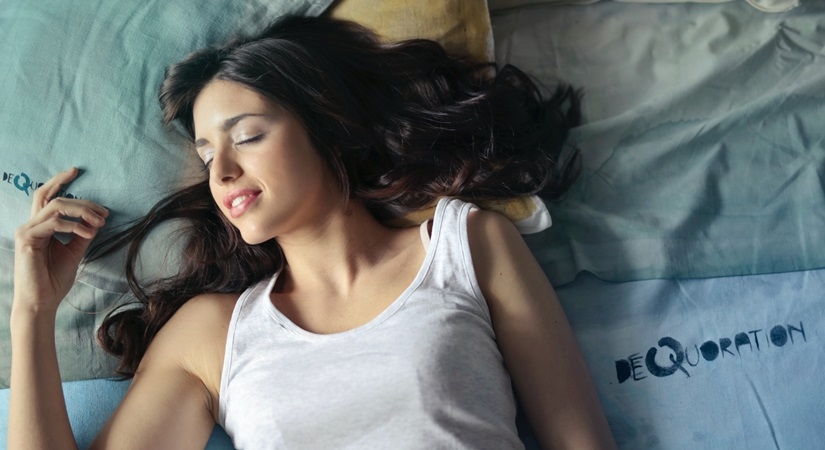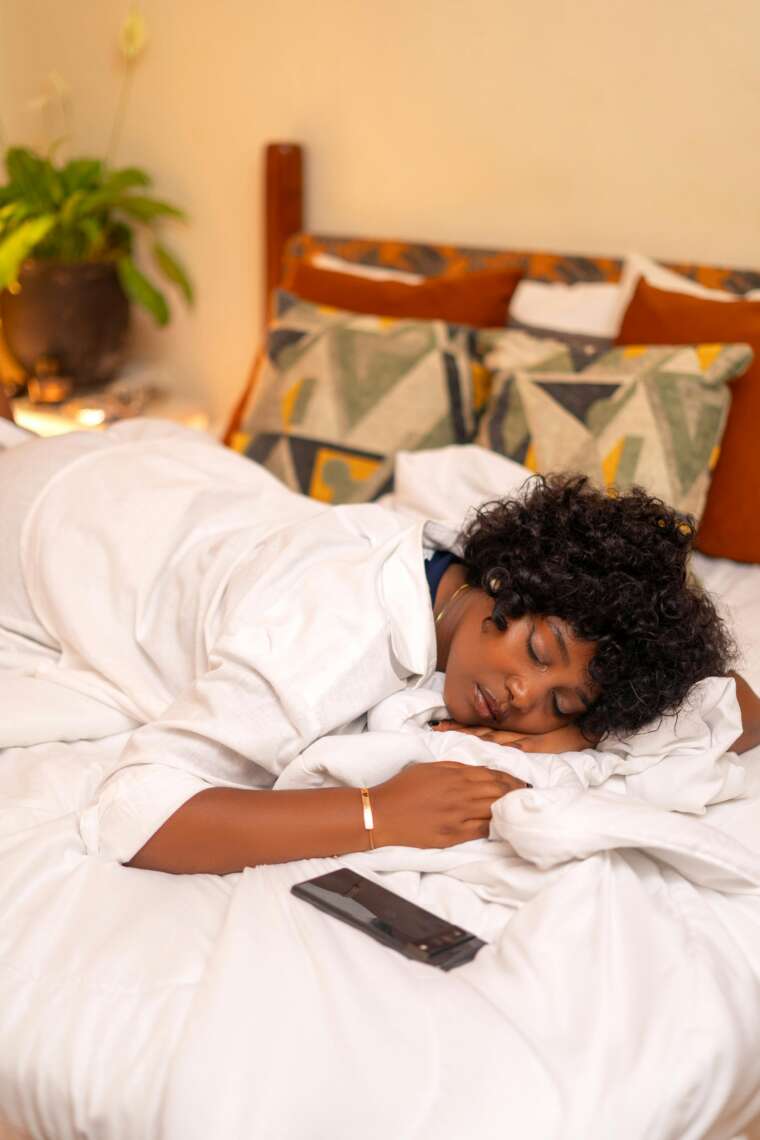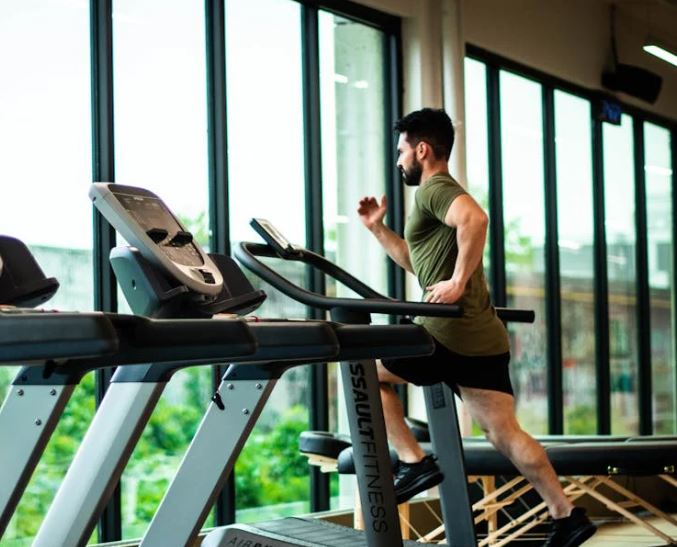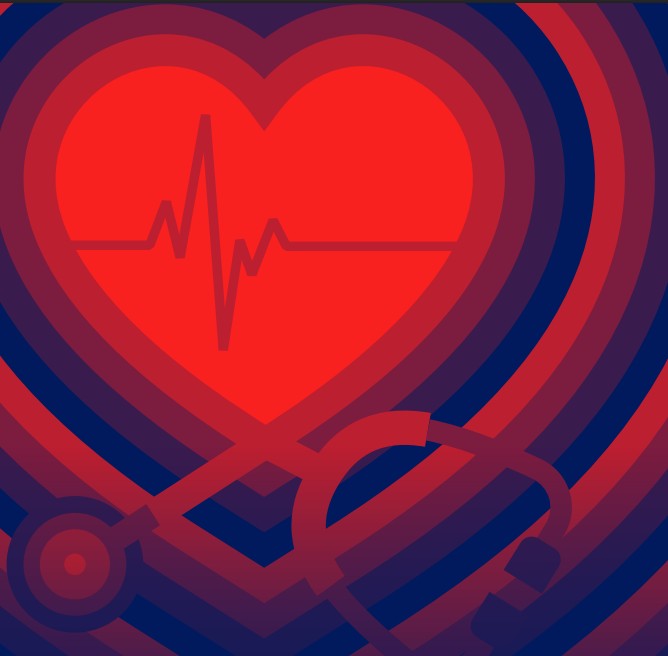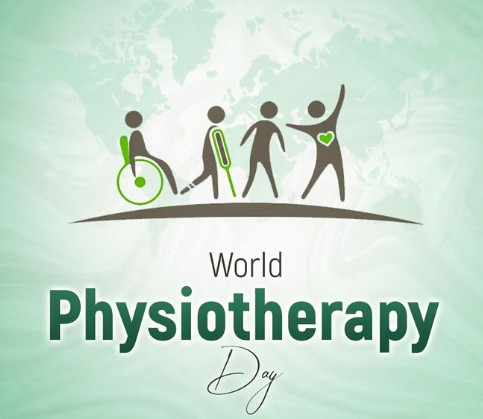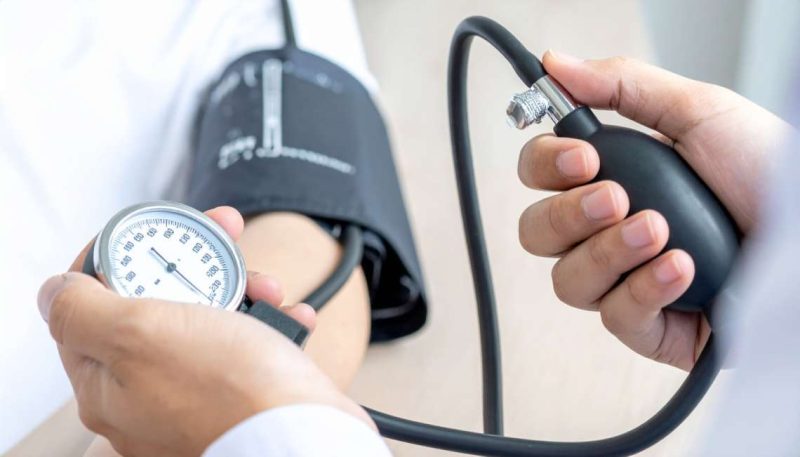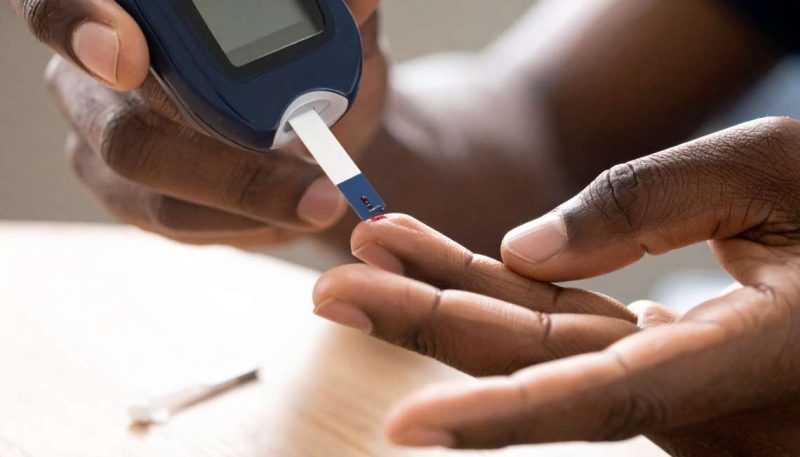Acupuncture is a technique that involves inserting a small needle through the skin at a specific point on the body. This process can help alleviate stress, depression, and pain, and is commonly used to treat insomnia…reports Asian Lite News
Sufficient sleep is a fundamental aspect of good health. However, over 30 per cent of people suffer from insomnia, and this figure increases to 40 to 60 per cent for those over 60 years old.
In India, sleep disorders are prevalent, with the country ranking as the second most sleep-deprived nation in the world.
According to a Lancet study, approximately 5.4 per cent of Indians aged 30-69, or around 28.8 million people, are at moderate or severe risk of sleep apnea, which is a prevalent sleep disorder.
Inadequate sleep has been linked to several health problems, including obesity, heart disease, diabetes, high blood pressure, depression, a suppressed immune system, and endocrine disorders. Studies have also shown a correlation between lack of sleep and premature ageing, as well as the exacerbation of chronic diseases such as Parkinson’s disease, multiple sclerosis, and kidney disease. Sleep specialists caution that individuals with insomnia should avoid becoming reliant on medication and instead consider lifestyle adjustments and rule out underlying conditions such as depression, which may be the root cause of their sleeplessness.
Incorporate therapies and relaxation rituals to promote better sleep, this is where yoga and naturopathy can come in handy:
Early and Light Dinner: For optimal sleep, it is recommended to consume dinner at least two-three hours prior to bedtime and to include easily digestible foods. Consuming a heavy meal close to bedtime can diminish sleep quality and hinder digestion.
Research also suggests that having an early breakfast is beneficial, as eating late increases the risk of acid reflux and acidity. It is advisable to avoid or significantly limit alcohol intake in the evening, as excessive consumption can cause significant sleep disturbances, despite its initial calming effects.
Acupuncture: Acupuncture is a technique that involves inserting a small needle through the skin at a specific point on the body. This process can help alleviate stress, depression, and pain, and is commonly used to treat insomnia.
Acupuncture is considered one of the safest methods for treating insomnia. In a small study conducted in 2017, researchers administered traditional acupuncture or sham acupuncture (where needles are not inserted as deeply) to 72 individuals with primary insomnia. Participants received treatment three times a week for four weeks.
The results showed that acupuncture was more effective at improving insomnia symptoms, sleep efficiency and total sleep time during treatment. Sleep awakenings and self-rated anxiety also significantly improved two and four weeks after treatment.
Yoga: Yoga and meditation are powerful tools that can help address the underlying causes of sleep issues, such as stress, anxiety, and depression, without any negative side effects. These ancient practices serve as relaxation techniques, helping to quiet the mind and calm the body, leading individuals toward a state of inner peace.
Practicing pranayama and meditation before bedtime can help address the root causes of sleep issues. In fact, a study reported that 55 per cent of yoga practitioners experienced improved sleep, with over 85 per cent reporting decreased levels of stress. Furthermore, there are multiple studies that have demonstrated the positive impact of yoga on sleep for individuals from various backgrounds.
Here are some yoga poses for better sleep
Child’s Pose or Balasana: Balasana, also known as the Child’s Pose, is a kneeling yoga posture that offers a range of physical and mental benefits. This pose involves stretching the lower back while relaxing the entire body. To perform the Child’s Pose, begin in a kneeling position with your buttocks resting on your heels.
While exhaling, lower your body forward, stretching your arms out in front of you until your forehead rests comfortably on the mat. Keep your arms relaxed and alongside your body. You will feel a stretch in your shoulders, buttocks, spine, and arms. This pose is a great way to relieve tension in the body and calm the mind.
Corpse Pose or Shavasana: Shavasana relaxes the nervous system, controls anxiety and stress, and brings deep rest to our body and mind. To perform this pose, lie down on the back and keep your eyes closed, and do not allow any thoughts to come into your mind. Concentrate on your natural and spontaneous breath. Stay in this position for five minutes, allowing your body to fully relax and recharge.
Crocodile Pose or Makarasana: It is a deeply relaxing yoga posture that involves lying on your belly with your arms crossed under your head. Rest your forehead on your wrists and allow your heels to turn outwards while letting your legs relax and flop open. Close your eyes and focus on releasing tension from your body as you breathe deeply.

Alternate Nostril Breathing or Anuloma Viloma: Anuloma Viloma has a balancing effect on the nervous system. It provides relief from mental tension, insomnia, and hypertension. To perform this, sit comfortably. Press the right nostril with the thumb and inhale through the left nostril.
Hold your breath for some time and then press the left nostril with the ring finger and exhale through the right nostril. After exhalation, inhale through the same nostril and hold your breath for some time. Then exhale through the right nostril. The exhalation must be longer than the inhalation. Practice ten rounds.
Humming Bee Breathing or Bhramari Pranayama: It is a popular yogic breathing exercise that is known to have a calming effect on the mind and nervous system, making it an effective tool for stress relief and relaxation. The vibrations created by the humming sound stimulate the production of serotonin, a neurotransmitter that is associated with feelings of well-being and happiness. Bhramari Pranayama is also believed to help alleviate symptoms of anxiety, insomnia, and depression.


